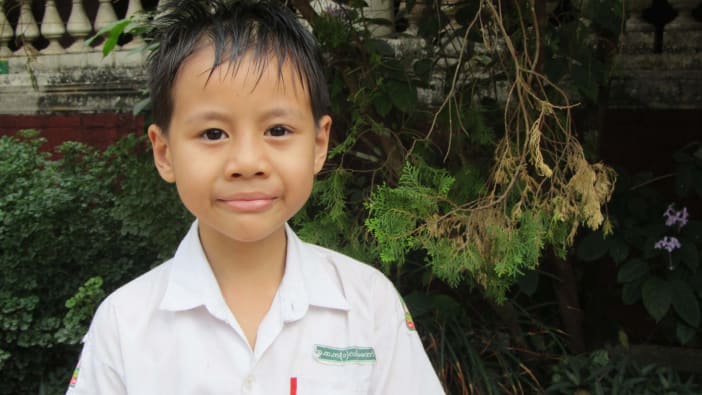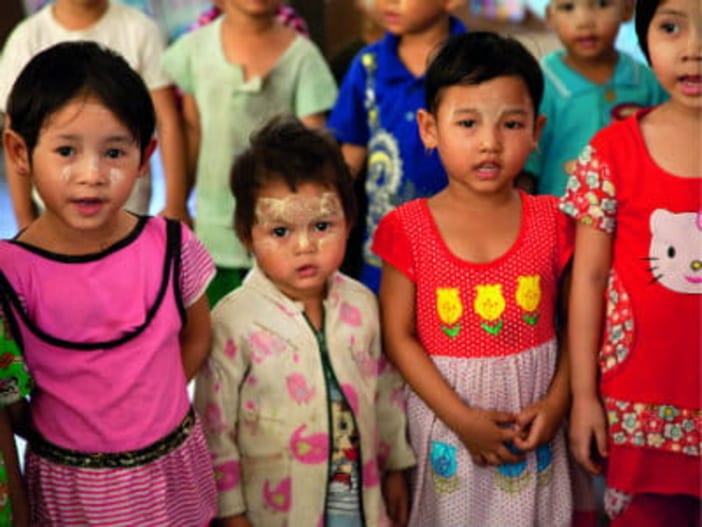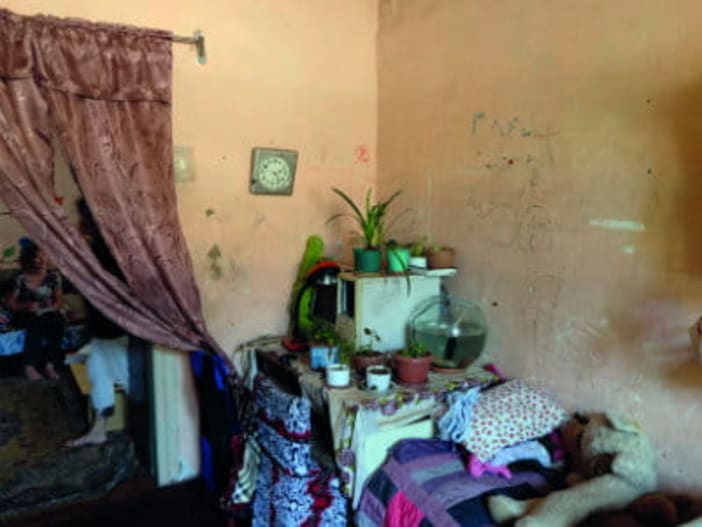by Pam Hollman.
Good preparation and planning are essential for a successful literacy programme. The planning stage may take a long time but thoroughness at this point is likely to be rewarded by a successful programme. Clinton Robinson’s advice on setting up a village committee is the first important step.
The Literacy Committee must first fully understand the needs of the community as far as reading and writing is concerned. They will need to consider numbers, level of literacy, motivation, timing of teaching and many other important subjects.
The teaching methods and place of learning need to fit with cultural patterns of learning and people’s expectations. Reading and writing do not have to be taught in classes. It may be more appropriate to have an individual approach where one person teaches just one person at a time, and then that one person goes on to teach another... and so on.
The Committee needs to have authority to make decisions and decide on the progress of the literacy programme.
Selecting administrators
The secret of a well-run programme is to have efficient administrators who can organise, keep records, handle finances etc. The Committee will need to select people for these tasks. They may need to be full-time. This will then involve finding funds for salaries.
Supervisors and teachers
The Literacy Committee will need to identify those with suitable skills to supervise reading materials, organise the training of teachers and the setting up of classes. It will be helpful to select people with good communication and organisational skills. A background in teaching would also be helpful.
The supervisors will need to plan where to hold teacher training and the literacy classes. It may be possible to use rooms in school buildings after school hours. If classes are to be held in the evening there will need to be good lighting. The church may have rooms that can be used. However, if the programme is too tied in with the church, non-Christians may see reading and writing as an activity for Christians only, rather than something for everyone.
It is quite possible to hold classes out in the open air under a tree for shade, if nothing else is available. This may even be preferred by people not used to sitting in a formal learning situation.
Food is another area of consideration. If teacher training is to be held over several days and people come from a distance to attend, feeding and accommodation will need to be planned and funding for this made available.
Funding
It is not possible to run a literacy programme without money! There will be costs for paper, pens, blackboards, chalk, printing and distribution of books and also salaries. Ideally the programme should be run and funded from within the community. However, this may be difficult at the beginning. There are some agencies willing to help with printing costs, but the funds have to be applied for - they won’t just fall from the sky! So people need to be chosen to look into how the programme can be funded: finding out what funding is available within the community, looking into other possible sources of funds, and applying for these if necessary. Good records must be kept of how the funds are used and reports made regularly to the funding agency. For this position a very responsible, trustworthy person must be selected.
Reading materials
For any literacy programme to be successful there needs to be a good selection of different types of literature available. For the teaching of reading and writing there usually needs to be a series of primers and then a series of easy-reader books for practice. But that is not enough. Too many literacy programmes have been started without a clear idea of how further literature will be developed. Once the primer series is over, if there is nothing else to read, people are unable to continue to practice their new skill. Skills can be forgotten, and that is the same with reading. It is much harder to re-motivate someone to learn to read a second time. It is very important that right from the beginning the Committee makes plans to produce different types of literature to keep people’s interest and to provide practice.
When a literacy programme is using a local language, there may be little material already printed. It may then be necessary to prepare books. One way of doing this is to plan to hold a Writers’ Course where six to eight people can come together for two to three weeks to learn the principles of how to write stories and other writing styles. It may be necessary to bring in someone with experience the first time to teach this course. Trainees may be asked to write the first necessary books to get the literacy programme started. Not everyone is gifted in writing, but there are many tasks involved in a literacy programme. It is often possible to identify in the Writers’ Course those who will be good proof-readers and editors: tasks that are every bit as important in book production as the writing itself.
Printing literature
The Literacy Committee will need to plan where the first reading books and literature will be printed. They need to decide what type of quality they want - depending on the funding available. A simple production unit could be set up with the use of a hand duplicator and wax stencils, if they are available in the country. It is also possible to make use of silk screens. This type of printing is very acceptable for trial editions. It is extremely important to test out all new books, and not to print a large number of copies before discovering where the possible mistakes and problems are.
Once books have been printed, a good system of distribution is important. A storage shed may be needed, and a responsible person put in charge of recording stocks - knowing how many books there are, of what sort, and keeping track of where they go.
Depending on the local situation, it might be difficult to obtain enough paper for much printing of books or the printing itself may be difficult. It is possible to begin a literacy programme with stories on charts that can be used again and again. Learners can also be encouraged to have simple exercise books and copy down these stories. This helps them to build up their own story books and the writing reinforces the learning to read process. Another popular idea is to make ‘Big Books’. These are made on large sheets of paper or card, and are big enough to be read by the whole class - so long as there are not more than about 20 people. This cuts down the number of books that need to be printed. Of course, nothing can really substitute for learners having their own books, but it is better to ‘make do’ and share than have nothing at all.
Evaluation
After some time it is important to look at the programme and see whether it is achieving the original aims. The programme should have been set up in such a way that it is possible to ask such questions as...
- How many people are learning to read and write?
- Where are they having problems?
- Is the teaching method suitable, and how can it be improved?
- Are there enough new books being developed to provide practice and keep people interested?
- Are the contents and reading levels of the books suitable?
- Are the various administrators, writers, supervisors and teachers working well? Do they need more help?
- Are there sufficient funds?
- Is local funding beginning to be developed?
- Have funds been wisely spent and good records kept?
For a large number of reasons including eyesight and age, it is not realistic to suppose that everyone who tries will be able to learn to read. It is reasonable to expect that about two-thirds of those who start learning to read will actually become good readers.
Setting up a literacy programme is not easy and involves so many aspects! But to see the joy on the face of new readers and to see the new dignity and self worth that literacy can bring is certainly reward enough for all the hard work involved!
Pam Hollman has worked with the Summer Institute of Linguistics for many years in Southern Sudan with literacy programmes. Her current address is:
SIL, PO Box 44456, Nairobi, Kenya.
Other helpful agencies are...
SIL, 7500 W Camp, Wisdom Road, Dallas, TX 75236, USA.
SIL, Horsleys Green, High Wycombe, HP14 3XL, UK.
SIL, 1 rue d’Orgemont, 93800 Epinay-sur-Seine, France.









